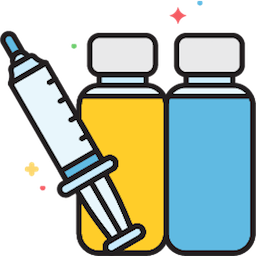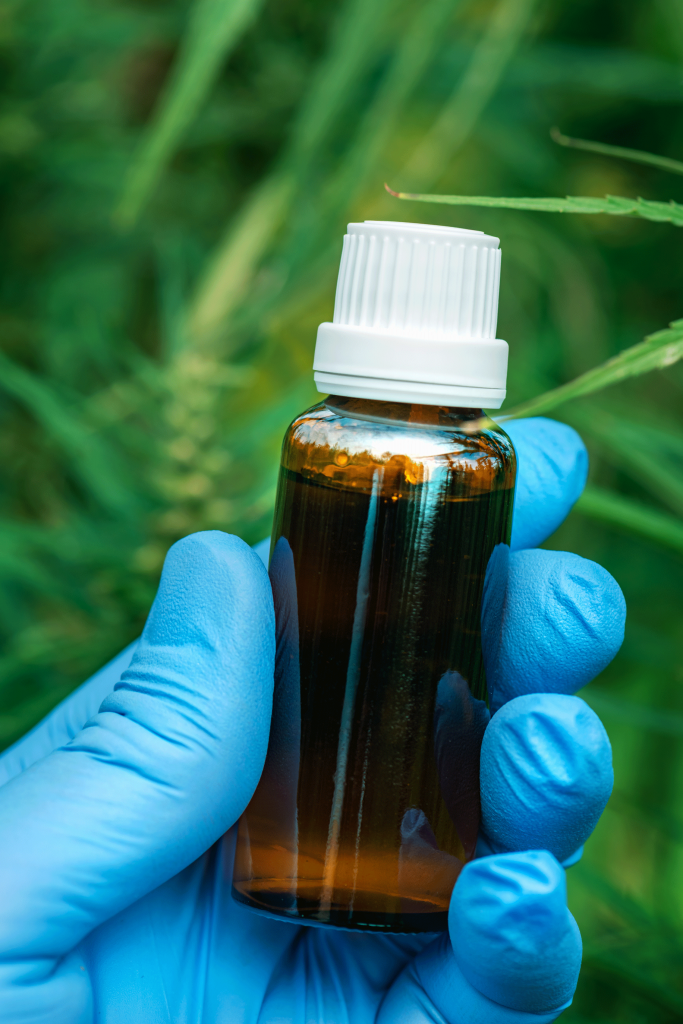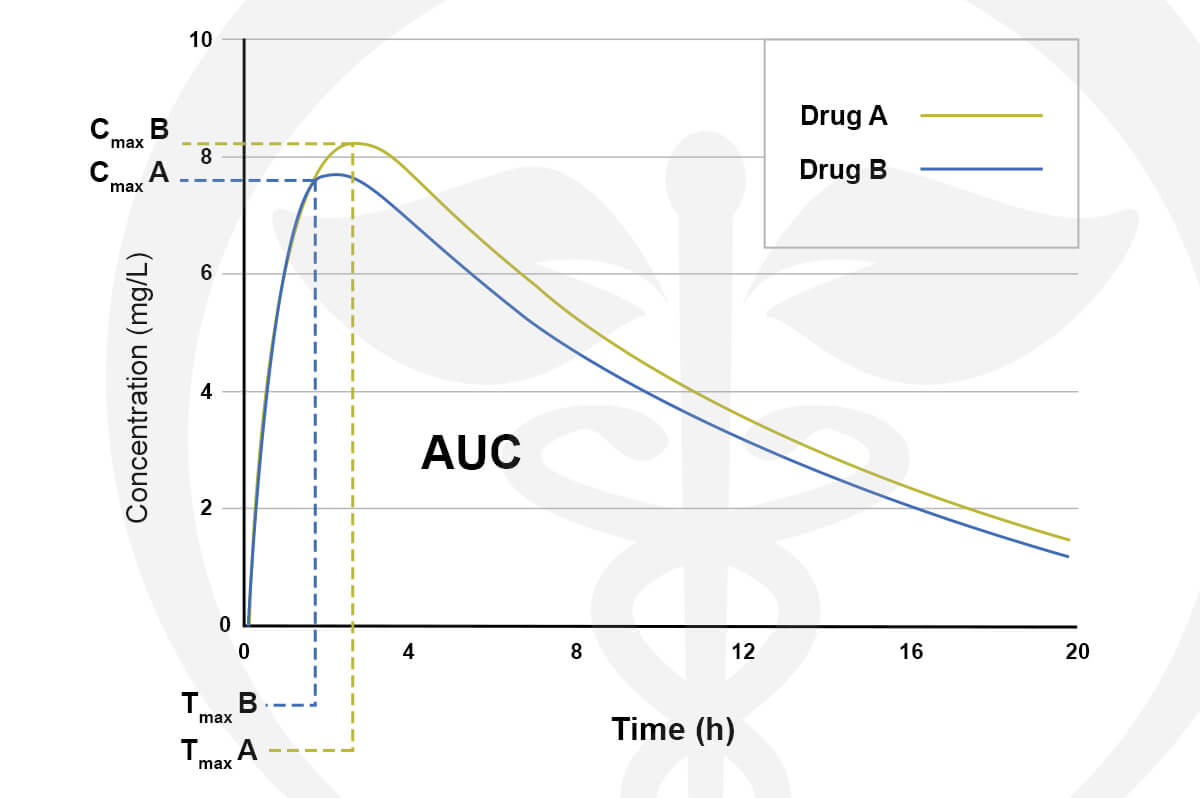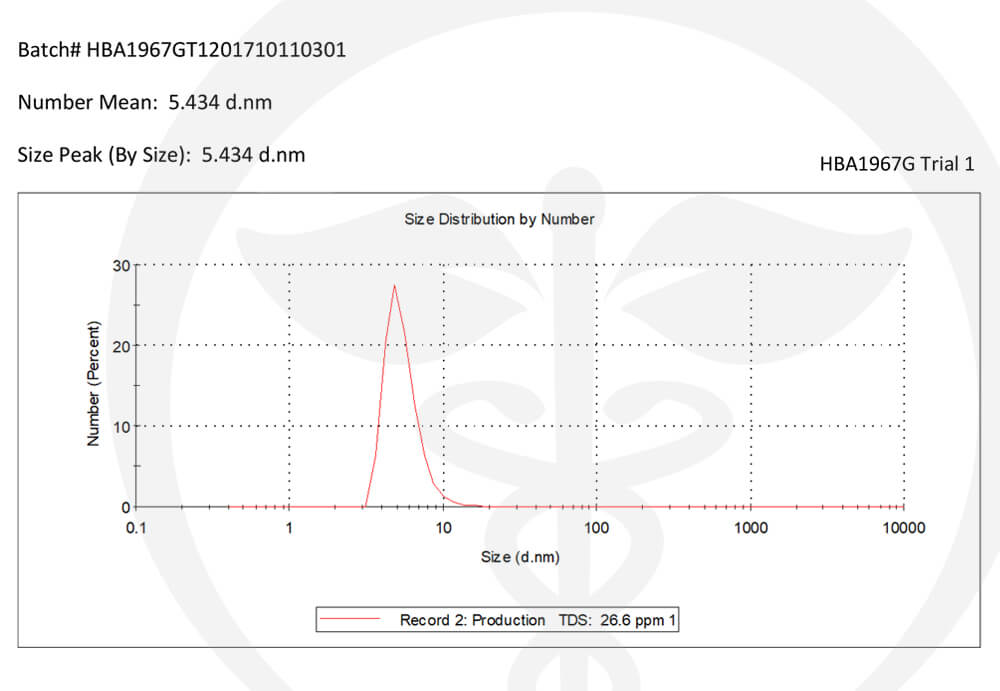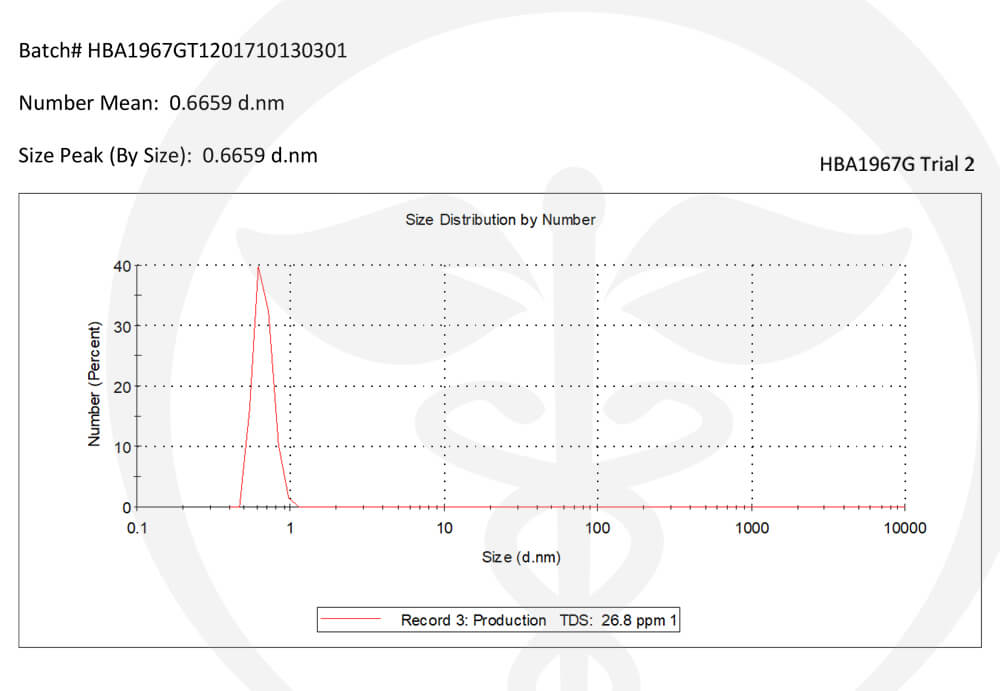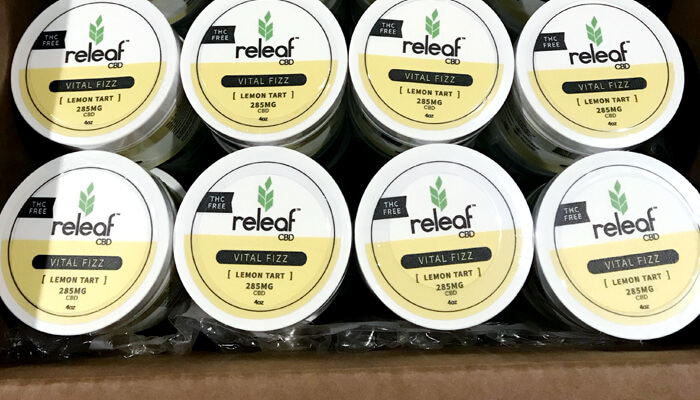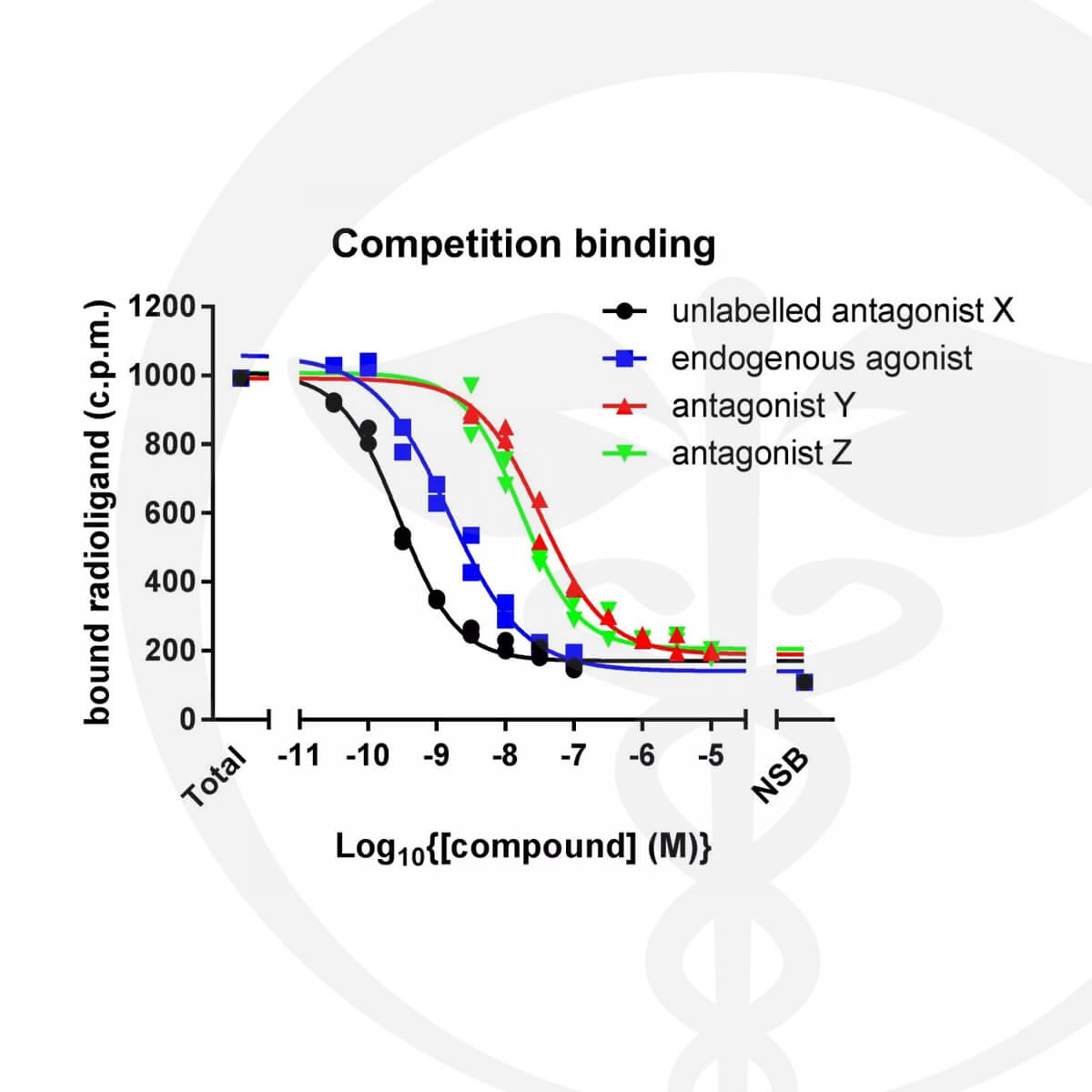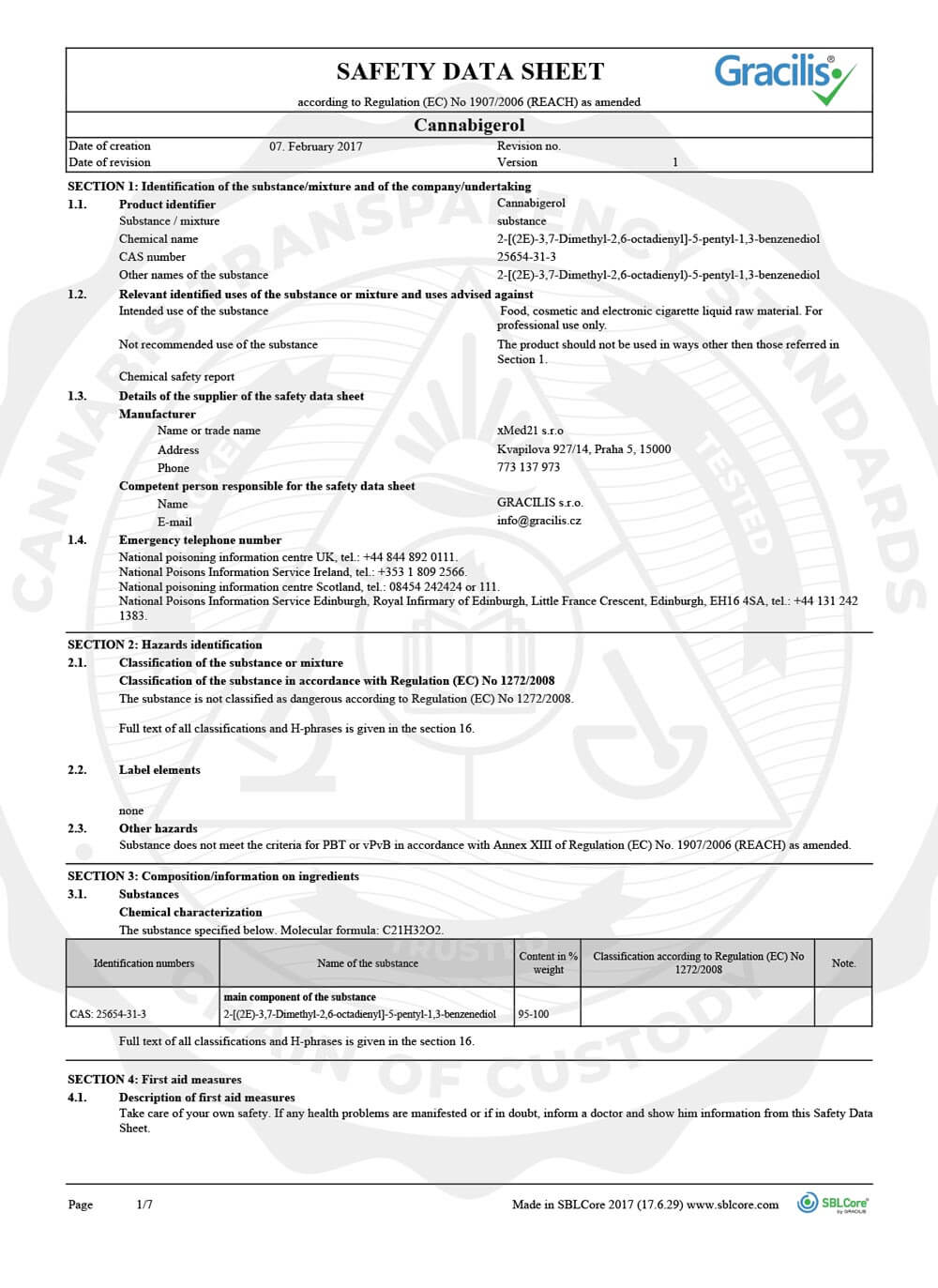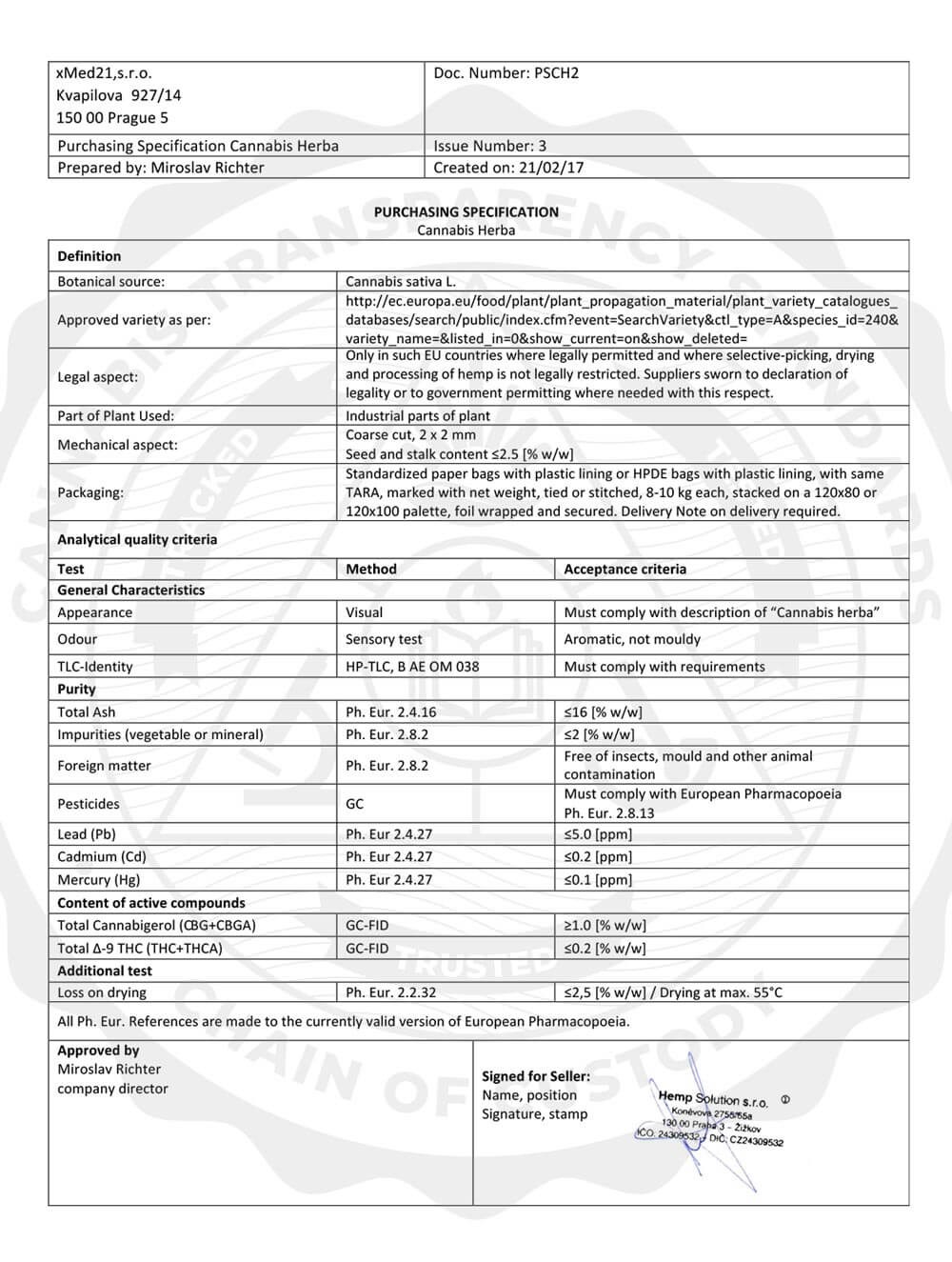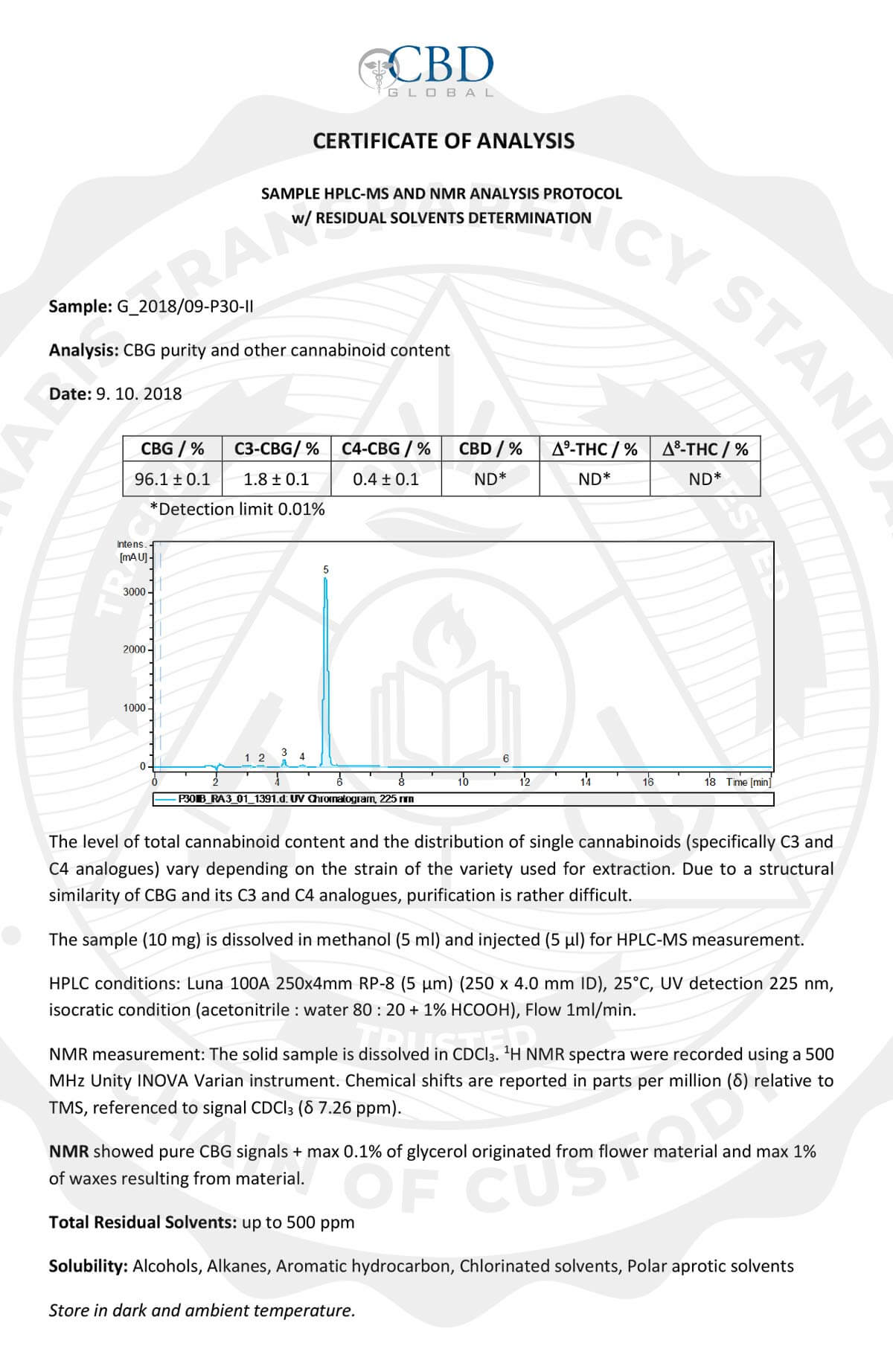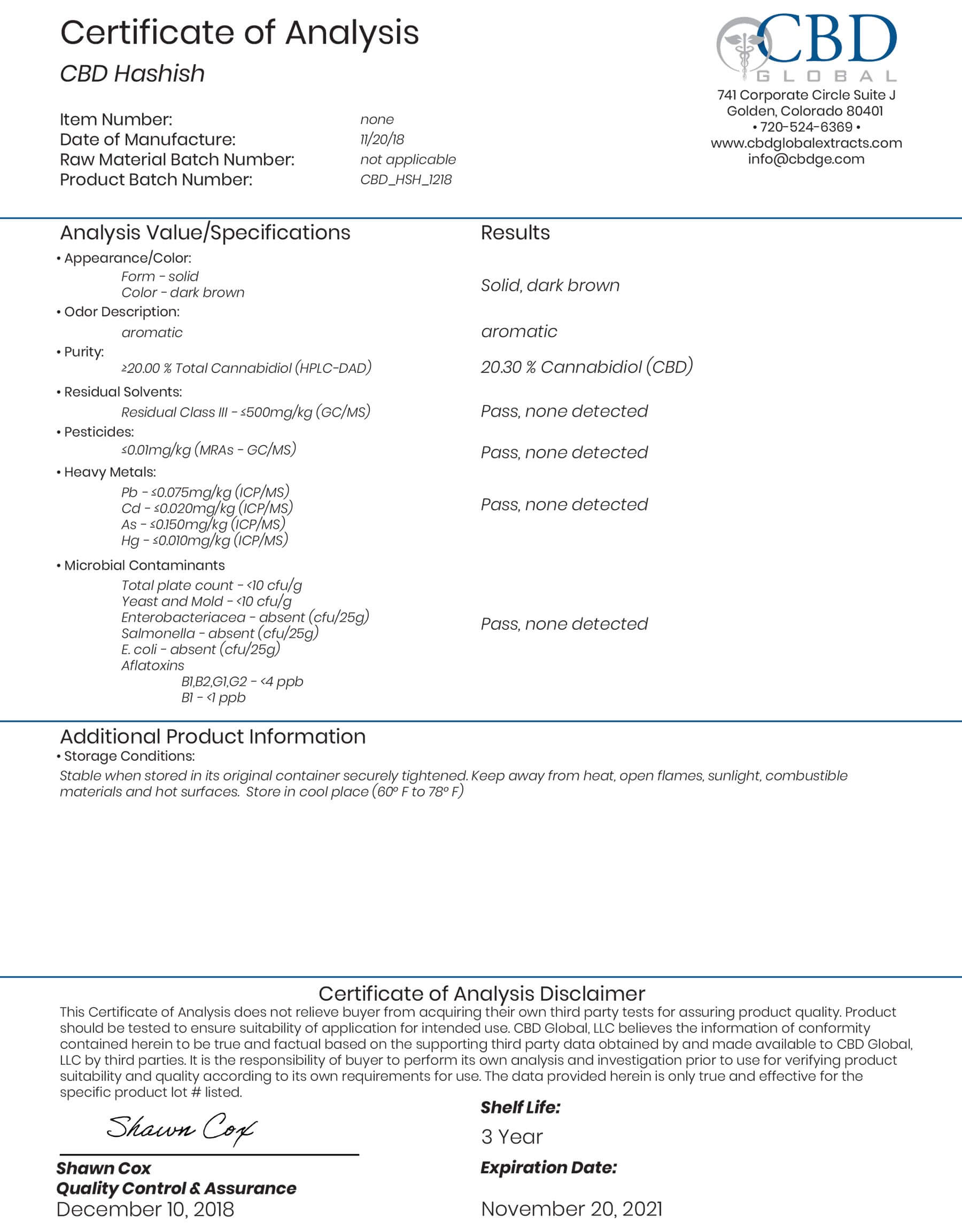
CBD products are everywhere
From pet stores to the corner gas station, it’s not hard to find CBD infused products promising to treat nearly every ailment you could think of. Whether shopping online or in-store, the CBD buying process is muddled with buzzwords and labels claiming hundreds of milligrams of…something…in each product. It can seem like every option is as good as the next. But is it?
How do you know which CBD product is the best one for you? What are red flags of products with questionable formulations and sourced ingredients?
We’re here to help navigate the confusing terms you’ll see, understand the standard of quality you should demand, and confidently purchase CBD products that will actually help you.
Looking at common terms
In order to understand which products are using formulation buzzwords the right way, it’s important to first define those terms. Let’s take a closer look at the words and phrases you’ll most frequently see on CBD labels.
Full Spectrum CBD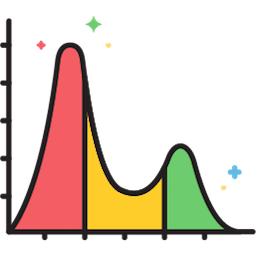
This term has no standard meaning. It’s often used simply as a marketing buzzword, or sometimes it indicates the oil contains THC. We believe the most accurate definition is: Oil in a first phase whole-plant extraction prior to any refinement, leaving all the natural minerals, fatty acids, protein, chlorophyll, fiber, flavonoids, and terpenes that also exist in the plant form.
Broad Spectrum CBD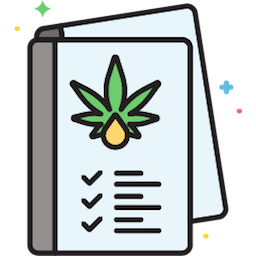
Broad spectrum refers to an oil that contains CBD along with a multitude of other cannabinoids. These other cannabinoids could be CBDV, CBG, CBC, CBN, or CBL. In order to qualify as broad-spectrum, a minimum of 3 of these must be present. Broad-spectrum is also typically considered to have non-detectable amounts of THC.
CBD Isolate
Isolates are made through a process in which the oil is reduced to a pure crystalline powder of a single active molecule of interest. This reduction process is the last and final stage of post-processing after refinement and distillation. All other components of the plant oil are removed, leaving the powder at a >99% purity. Isolates are sometimes confused with synthetic molecules. An isolate does not mean synthetic. It means chemically pure, concentrated to a single active component of 99% pharmaceutical grade purity. Synthetics are entirely different.
Active Ingredient vs. Other Ingredient
You may find that some products list the CBD (or other cannabinoids) under “Active Ingredients” on the food/supplement panel, while others list them under “Other Ingredients”. This happens because businesses have chosen different labeling approaches to be compliant in the eyes of the FDA. Truthfully, CBD has not been approved as a new dietary ingredient. Therefore many companies list it under “Other Ingredients”, and rightfully so.
Understanding Milligram Content
Higher mg does not always = higher efficacy.
Lower doses (mg), when formulated properly with other cannabinoids, terpenes, carrier oils, and botanicals, can sometimes provide higher efficacy and better value. We understand most consumers do not have the time to delve into chemistry research. Still, every consumer does have the responsibility to research the manufacturer they are purchasing products from, to learn about their background, expertise, philosophy, and approach to formulation. If you cannot find anything other than a site trying to sell products with no other information proving them credible, think twice.
With these guidelines and definitions in mind, let’s look at the dos and don’ts of CBD labels.
Avoid CBD products with labels that:
1. Don’t have a Food, Supplement or Drug Facts panel with “Other Ingredients” identified.
2. Use phrases like “hemp oil”, “hemp extract”, or “hemp oil extract,” without qualifying information or data about the cannabinoid active mg content.

Example:
Correct = “Hemp Extract w/ 500mg CBD”
Incorrect = “Hemp Extract 500mg”
3. Make statements like “full-spectrum” while also saying “made from isolate”.
A term like “Full Spectrum Isolate” is oxymoronic. Something cannot be “full” of all its natural components (other cannabinoids, terpenes, etc) after it has been “isolated”. Full-spectrum typically has come to denote the presence of THC, and THC does not isolate. There’s nothing wrong with isolates; they are just the pure forms of a cannabinoid and very useful for spiking oils to control profiles and standardize products. But if a company claims their product is both full-spectrum and isolated, they either don’t understand post-extraction processing or are recklessly throwing around these phrases for marketing.
4. Say they contain “hemp seed oil”.
Manufacturers most often use this term for one of the following reasons:
- to make consumers think the product contains CBD by calling it something like “Hemp Oil 500mg”. This actually means it contains 500mg of hemp seed oil and no CBD.
- They only use it as a base carrier but imply it is a more complete hemp product.
The former is a problem for obvious ethical reasons. The latter is a problem because hemp seed oil must be refrigerated and has a very short shelf life, even when refrigerated. If it is not very refined, it will go rancid quickly. Putting a rancid oil in the body is a very bad thing.
Look for CBD products with labels that:
1. Show the CBD mg content, not just an arbitrary mg count without specifying which cannabinoids it refers to.
2. Say they are formulated with additional ingredients shown to increase overall efficacy.
For example, products that contain additional cannabinoids such as CBG, CBC, and CBN, can provide a different range of options and health benefits depending on one’s needs.
3. Include product or batch numbers that can be used to check an online database of some kind to find supporting chain of custody and consumer safety compliance documents.
On CannabisTransparency.com, users can enter the tracking number found on the product label and view all documents related to the chain of custody. These documents are the only way to 100% ensure you are paying for and consuming a quality CBD product; from the source of raw ingredients as well as certificates of analysis (COAs) showing the active mg potency levels, heavy metals tests, microbial, residual solvents, and pesticides results.
Takeaway
In such a new, unregulated market like the CBD industry, it’s important that you do a little extra research to make sure what you’re spending your hard-earned cash on will actually be beneficial. Be mindful of problematic and misleading marketing terms, and look into other cannabinoids and terpenes that may aid in your body’s response to CBD. Above all, understand that it’s your right to request documentation from CBD manufacturers and suppliers to learn about the sourcing and quality of their products.
Questions? Comments? We’d love to hear from you: info@cbdge.com.


